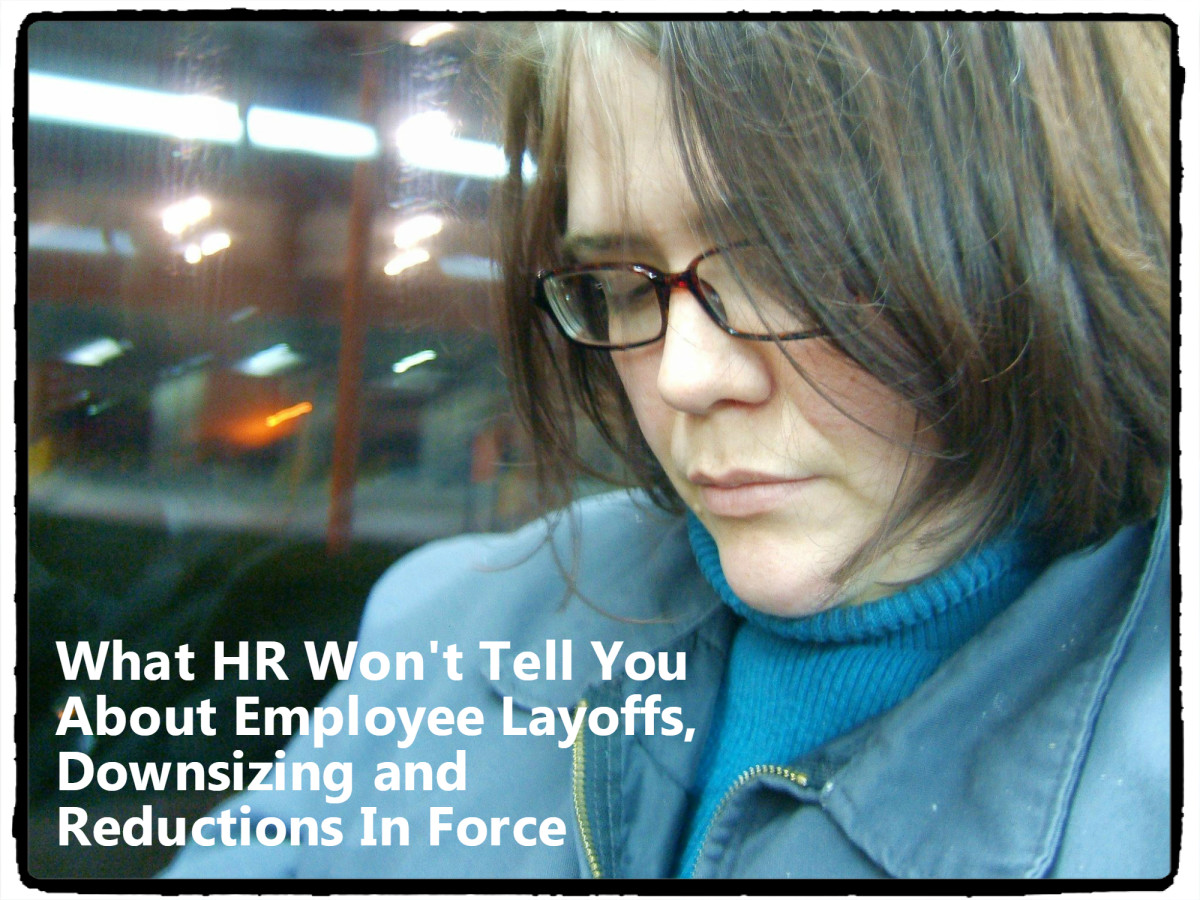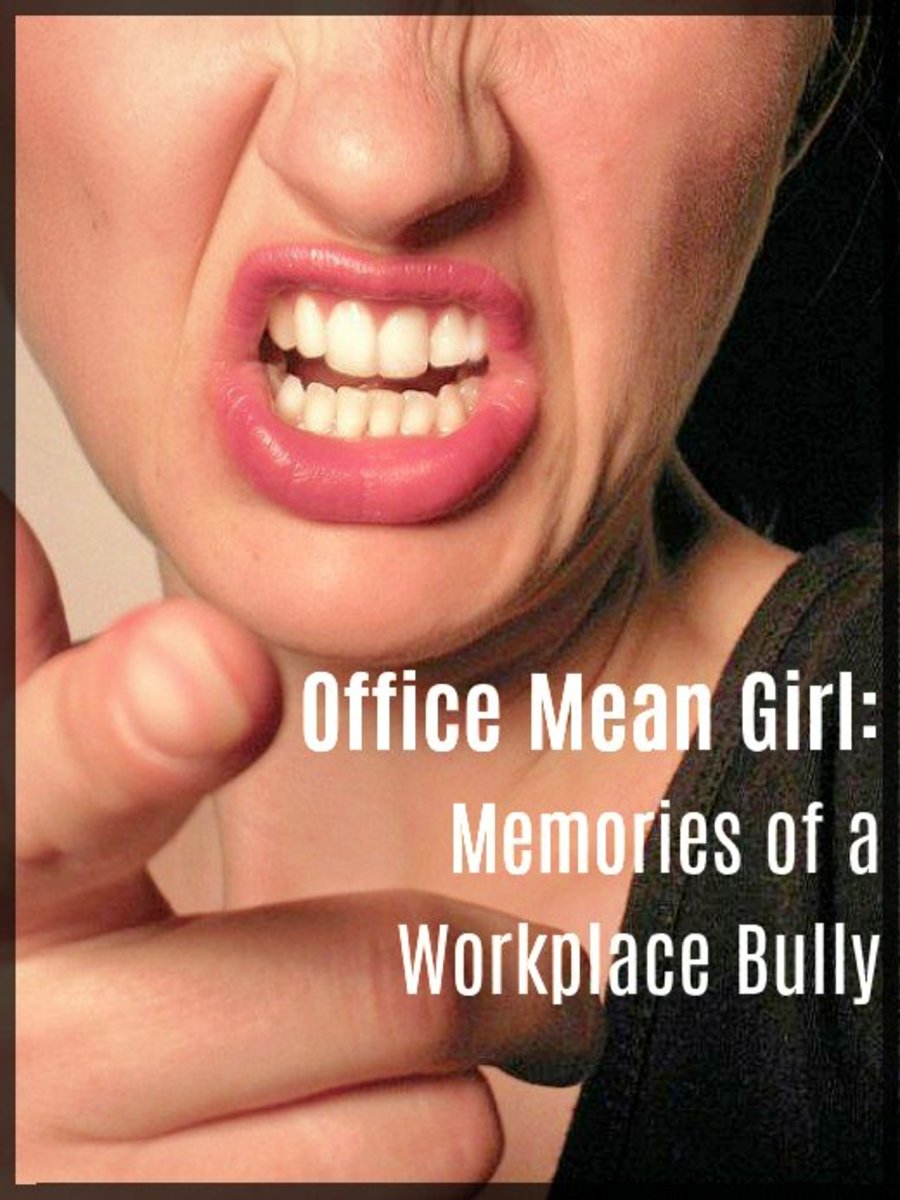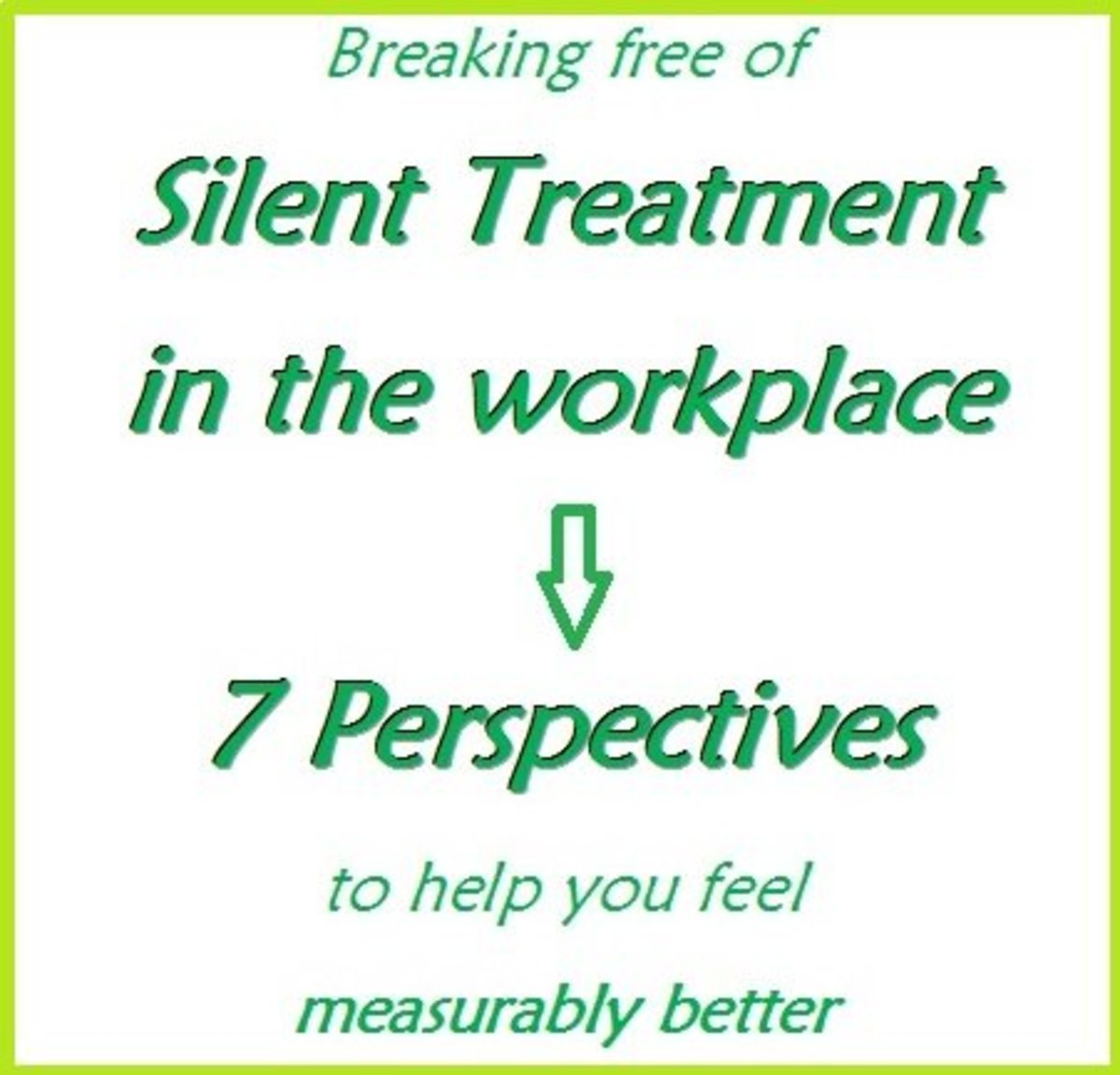Why Employers Should Treat Terminating Employees with Dignity

Why are terminations such a BIG deal?
Terminations are never an easy situation for an organization. Voluntary terminations can often leave a void in your company and appear at the most unfortunate time for meeting project deadlines; causing a redistribution of work to an already limited staff. Involuntary terminations, such as discharges, can produce a disgruntled former employee who suddenly makes allegations that are new to both the supervisor and the Human Resources Department in your organization. Either situation demands a change in priorities as you suddenly find yourself needing to address issues that that may not have been on your radar, and certainly not part of your daily planner.
It is, therefore, most important to remember that a little planning and a lot of understanding can be most essential for the proper handling of these sensitive and often difficult situations.
What to do if an employee voluntarily resigns:
1. Have a policy and procedure in place for handling resignations. Encourage the employee to submit a written resignation letter which will be important documentation for his/her personnel file. Having such a record can be valuable if the employee later claims that he or she was fired from the organization. Collection of company equipment, keys, uniforms, etc., should be outlined in a clearance form or checklist to ensure proper transition of resources as well as company security for the future.
2. Conduct exit interviews as often as possible. While it is important to get back the much needed and costly company uniforms or key to the front door, do not minimize the value of the knowledge and feedback that can be given by an employee who has decided to move on to another organization. Retiring employees, in particular, can also provide considerable information and insight about their years of employment with the organization. In most situations, retiring employees will be appreciative of your effort to allow them to express their opinions. A "thank you" for their years of service also goes a long way.
3. Give clear information to a departing employee about benefits, pension, profit sharing, etc. Employees often make a choice to move on to a new job without tying up loose ends at their soon to be former employer. Providing thorough information to them as they plan their departure will eliminate phone calls to the former employer and frustration later for them.
Involuntary Terminations:
1. Much like voluntary resignations, having a defined policy and procedure for handling discharges and layoffs will help ensure consistency and fairness in the treatment of this employment action. While no involuntary termination is exactly the same, it will be helpful to the supervisor to have clear procedures in place to give guidance on how to handle each situation. If you have an HR Department, always contact them for assistance with difficult circumstances in a termination. Remember, the discharge meeting should include communication that is professional and considerate of the seriousness of the situation. Consult your policy and procedures manual on how to proceed with discharges and layoffs. Be aware of any current bargaining agreements and laws which apply to these employment actions.
2. Checks and Balances - As mentioned above, it is always a good idea to involve your HR professionals when handling discharges. Human Resources will be able to review the matter, and advise of any potential legal pitfalls or appearances of any unfair treatment as dictated by the employment laws in this country. Like anything else we do, it is a good idea to get a second set of eyes on a situation. For many organizations, review by the HR Department is a policy requirement.
3. Documentation - Be sure to have proper documentation in place to support the decision to terminate the employee. A thorough investigation into the matter that brought management to the decision to discharge is always necessary to ensure fairness and demonstrate a progressive approach in most situations. While some behaviors such as theft or drinking on the job will get an employee an immediate escort to the nearest exit, other lawful reasons for discharges demand more review of past disciplinary issues, performance evaluations on file, and investigation of the facts that brought the supervisor to the decision to terminate the employee. A progressive approach to discipline which eventually leads to a termination should be properly documented by management.
4. Communication with discharged employees is vital to providing the individual with the needed information for moving on emotionally. Again, having information available regarding benefits, pension, vacation payout, etc. will give the terminated employee options for this sudden and sometimes unexpected change of employment status. It is always helpful to have the final paycheck ready at the meeting with the exiting employees. Having the local unemployment office's phone number or website available to the employee may not be a bad idea either.
5. Speak to the staff about the employee's departure after the termination. While it is important to maintain confidentiality to respect the sensitivity of the issue of a discharge, management can share that the employee is no longer with the organization and that all information related to this matter will be handled discreetly. In other words, there is a "need to know" basis that should be respected by management at all times in regards to communicating facts related to a discharge. Current staff will need to know how assignments, tasks, or any reorganization will be handled.
Closing Thoughts...
Practicing solid and consistent practices in the manner in which an organization handles a termination can go a long way in a world that is always ready to make allegations of mistreatment and seek a local attorney for advice. While I would never suggest that employees should not have the right to seek out the EEOC or an attorney because they feel they have been mistreated or had their rights violated, I think that all individuals will be more likely to move on and seek other avenues of employment if they are treated professionally and in a dignified manner when they are notified of the organization's decision. While the list above is not all encompassing, it helps managers remember that what is a business decision for you, is a life altering action for the employee affected. A poorly handled termination can easily lead to problems for an organization. Treating employees with class and respect during this difficult time will go farther than one would think.








